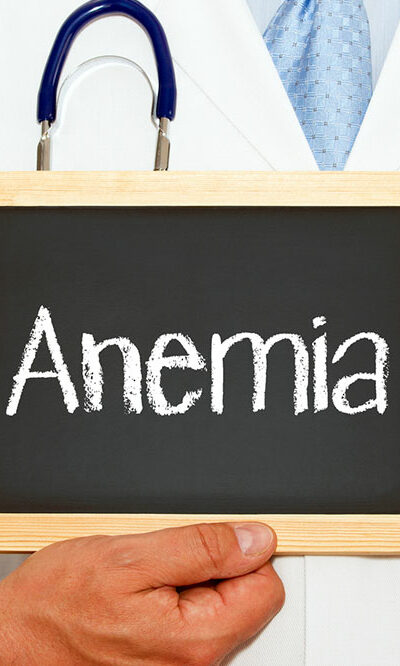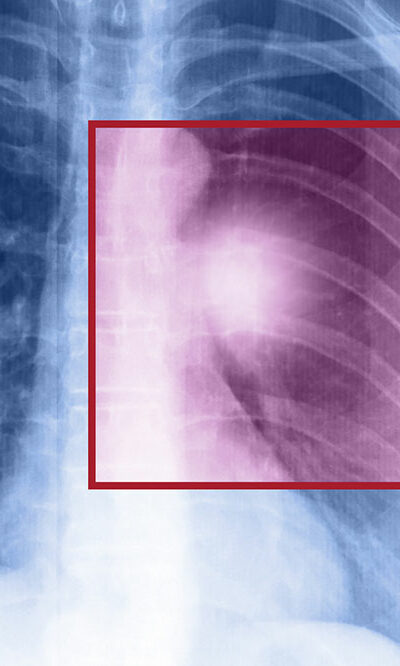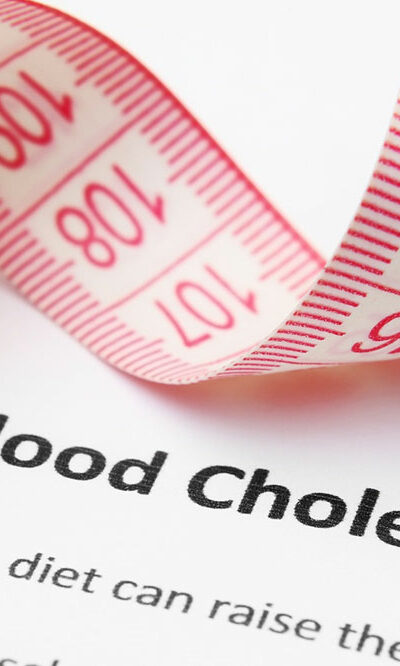
Reverse mortgage eligibility and its criteria
As you approach retirement, most of your money has been invested in your home. A reverse mortgage is an excellent way to tap into your home’s equity. If you have paid off a home loan or have only a small amount to be paid, it is a good option to meet various financial goals. Here are the criteria for reverse mortgage eligibility: Personal criteria Age You must be 62 years or older, to apply for a reverse mortgage. Generally, as you grow older the Home Equity Conversion Mortgage (HECM) amount increases. Property The home should be your primary residence, and you need to live there for the entire duration of the reverse mortgage. Rental properties and vacation homes do not qualify for such mortgages. Home equity You should be the owner of your home outright or possess a minimum of 50% home equity. There is a possibility that you may qualify for a reverse mortgage despite having some outstanding balance on your existing home loan. However, the criterion is that you must first pay off the remaining mortgage from the sanctioned amount and meet other liens. The balance funds may be used for any other purpose. Using a reverse mortgage to refinance existing debt is beneficial in reducing your monthly cash outflows. The home equity requirement varies from one borrower to another and is based on your individual situation. If you are younger and the only titleholder to the property, the home equity required may be more than 50%. We recommend using a reverse mortgage calculator to understand the requirement. Counseling Meeting with a Housing and Urban Development (HUD) Department-approved counselor is mandatory. The counselor will help you understand all about a reverse mortgage and all the associated expenses. This is to ensure you completely understand the terms and conditions and are familiar prior to applying for the mortgage.










